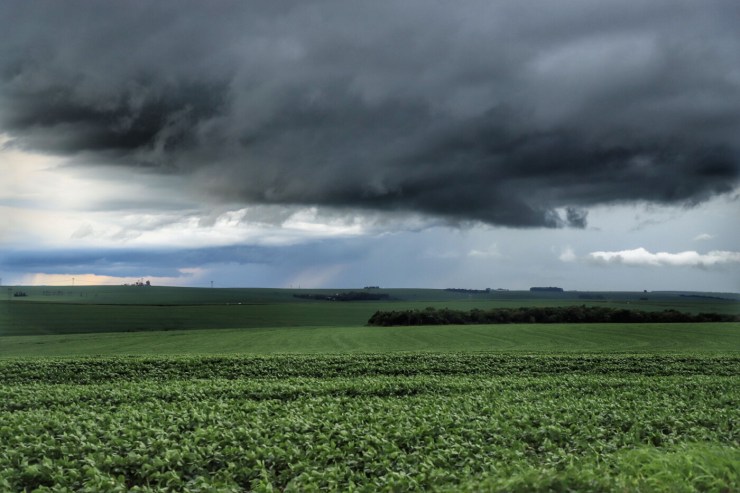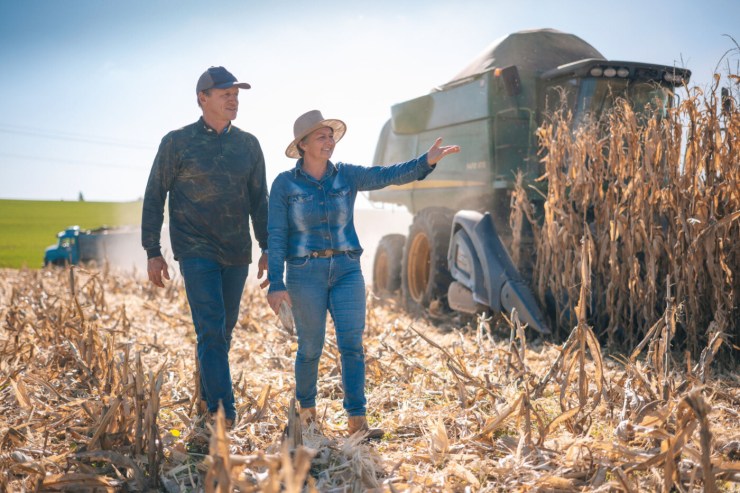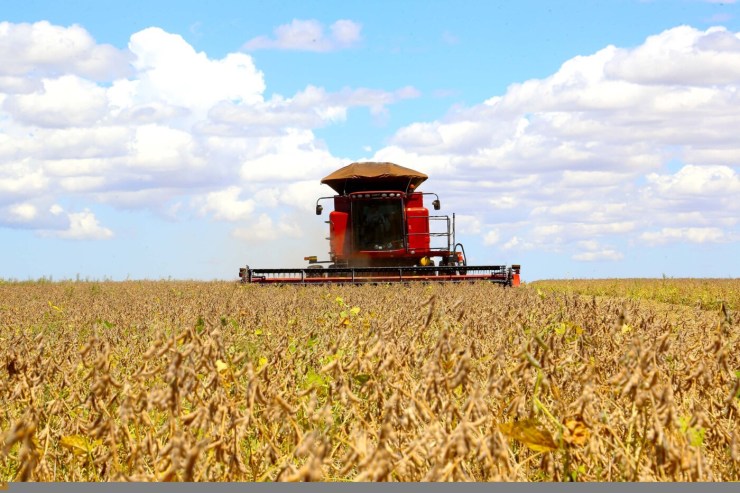Representatives of the Corn Sector Chamber of the Secretariat of Agriculture, Livestock, Sustainable Production and Irrigation (Seapi) met last Monday (7) to evaluate, among other issues, the 2024/2025 harvest. The new coordinator was also chosen. The current one, Paulo Vargas, hands over the coordination to Jefferson Camozatto, a corn, soybean and wheat producer in Sananduva, as well as vice-president of Farsul.

Photo: Disclosure/Seapi
The agronomist and state coordinator of Agricultural Mechanization at Emater/RS-Ascar, Elder Dal Prá, spoke about the sampling results and the assessment of losses in the corn harvest in the current season, in addition to technical guidance for adjusting harvesting machines.
“This is an action that aims to measure corn grain losses during the harvesting process. In addition, we provide guidance on adjusting the harvesting machines. It is an assessment carried out based on a standardized protocol,” explained Dal Prá. “The extension agents assess the harvesting areas in all regions of the state. This harvest, we have monitored 34 machines so far.”
According to Dal Prá, in addition to the characteristics of the harvest loss, it is also important to identify whether it is outsourced, whether the farmer has any type of training, what brand of harvester it is, what year it was manufactured, and what spacing is used in the corn crop. “We relate all these factors to harvest losses,” the agricultural engineer pointed out.
He said that, regarding the results, in this harvest, in this sample of 34 harvesters, the average grain loss was 145.9 kilos per hectare. “This is more than double the amount of grain loss that is allowed. This result alone shows the importance of these guidance actions”, assessed Dal Prá.
According to him, another factor to be taken into consideration is the hiring of outsourced harvesting. “In this harvest, 41% of the harvesters were outsourced. And normally this outsourced harvesting process results in greater grain losses, due to several factors”, said the agricultural engineer.
“Another item that draws attention is that farmers who have undergone some type of training have lower losses. In this harvest, they lost 129 kilos per hectare. Those who did not undergo training had a loss of 157 kilos of corn per hectare,” concluded Dal Prá.
In turn, the technical assistant for crops at Emater/RS-Ascar, Alencar Rugeri, presented a historical overview of average corn productivity in Rio Grande do Sul. According to him, this is the third largest harvest in history in terms of productivity since the 1980s, when surveys began to be carried out. “This shows the space that corn has to occupy. Even in a difficult year like 2024, we had very good results in corn cultivation. Because until December, water conditions were favorable, temperatures were warm during the day and milder nights, which is what the crop needs,” he explained.
“So, another year that proves that crop diversification and staggered planting are essential strategies for an adequate and more stable production system,” added Rugeri. He showed that the corn harvest result was positive. “Certain regions produced an average that was above about 200 bags of corn per hectare.”
Rugeri highlighted, however, that despite the increase in productivity, there is concern about the reduction in the planted area in Rio Grande do Sul, which decreased by 100 thousand hectares compared to the previous harvest. “In 2023/2024, there were 810 thousand hectares for a production of 4 million and 500 tons of grain. In 2024/2025, there were 696 thousand hectares for a production of 4 million and 700 tons of corn grain”, he detailed.
Corn harvest opening 2026
It was agreed to create a Working Group (WG) to study the location and date of the next Corn Harvest opening in 2026. There is a possibility of it being in São Borja, but the suggestion will still be evaluated. The WG will be formed by representatives of Seapi, Farsul, Famurs, Sistema Ocergs, Fetag, Sindicato das Indústrias de Produtos Suínos (SIPS), Emater/RS-Ascar, Embrapa and the Association of Corn Producers of Rio Grande do Sul (Apromilho).





